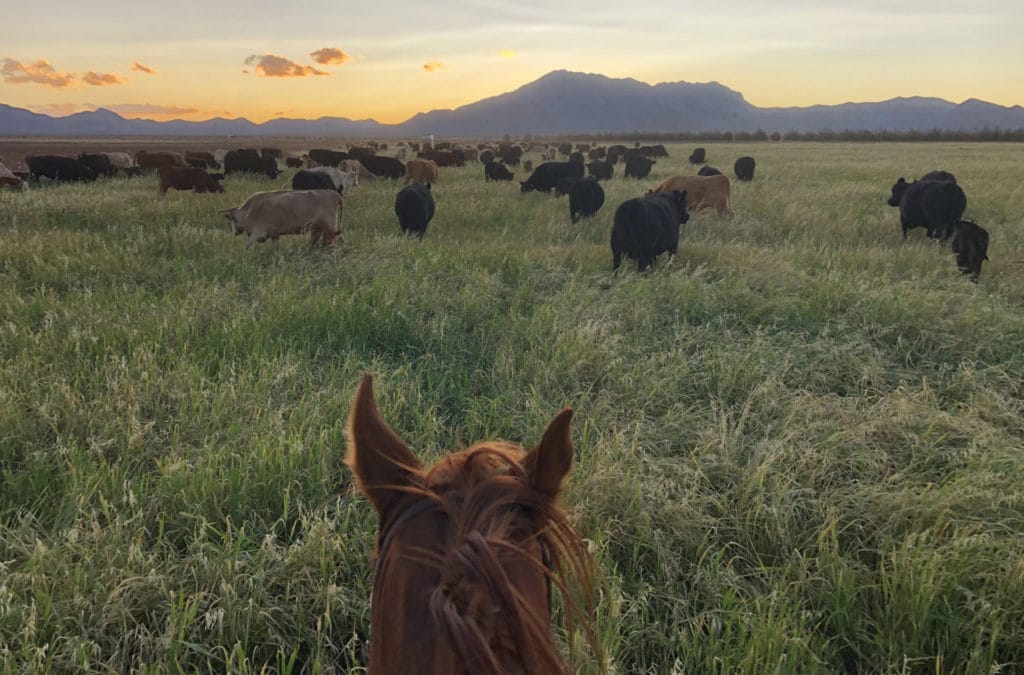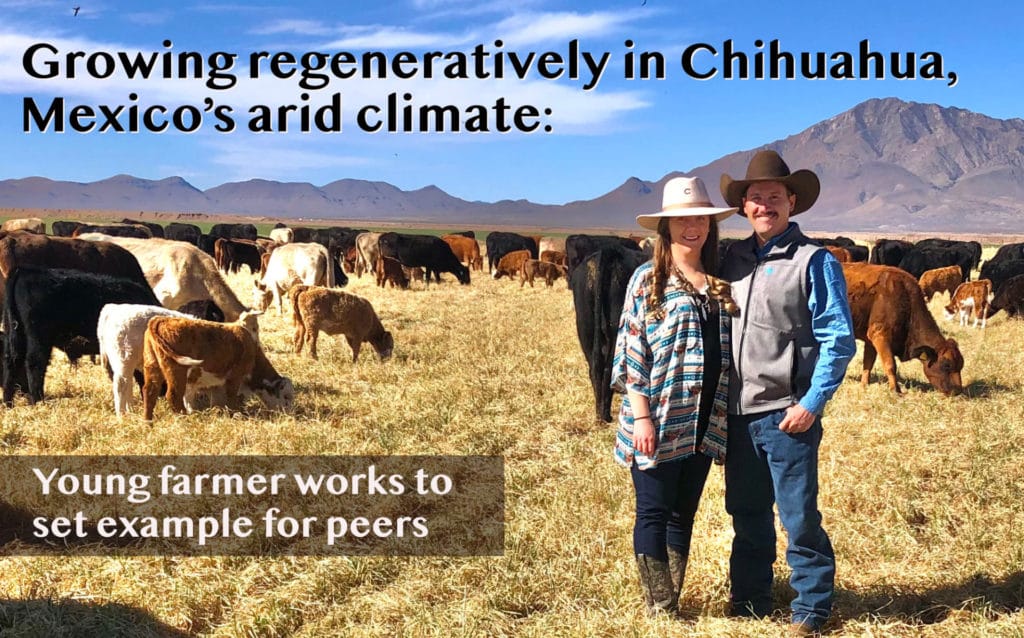
Written by Ron Nichols
Photos by Ernie Friessen
During a Soil Health Academy School in Chihuahua, Mexico, Gabe Brown handed Ernie Friessen a copy of his book, “Dirt to Soil.” The 29-year-old farmer took it home where he and his wife, Aracely, began reading it.
They were engrossed by the book’s storyline of crop failures from hailstorms and droughts—and financial hardships made worse by a conventional agricultural business model that left Brown with no other choice than to try something different or lose it all.
“Aracely said, ‘This is the same story that you’re going through,’” Friessen says. “We had just experienced three years of a similar situation, with zero return due to weather-related crop failures.”
Like Brown, those setbacks provided ample motivation for Friessen to look for ways to reduce input costs and “to do things differently.” “I thought, ‘If Gabe was able to turn things around, we should be able to, as well,’” he says.
Friessen grew up working on his father’s conventional farming operation and began working full-time there at the age of 14. His father’s farm is a three-hour drive from the one he now owns with his brother, Willie. Eight years ago, the two brothers purchased their 300-acre farm, and grew cotton year-after-year because “We were told that it was the best crop to grow for profitability in this area,” he says.
Struggling to turn a profit and hamstrung by weather-related setbacks, he turned to YouTube for possible solutions. It was on YouTube that he first encountered Gabe Brown and began considering regenerative agriculture as a roadmap for his own operation.
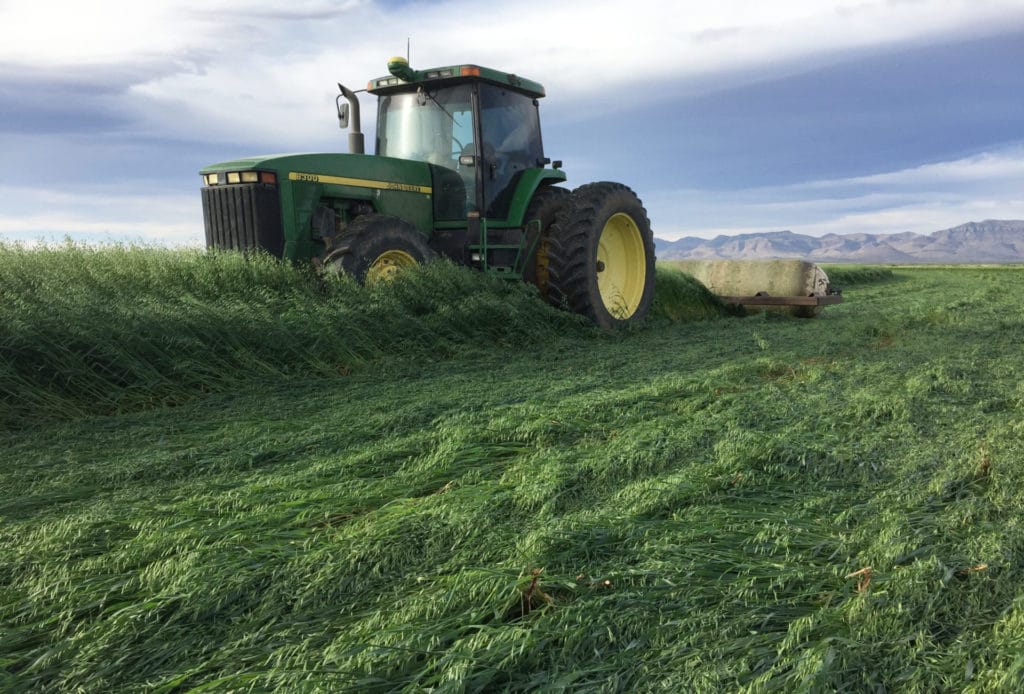
Shortly thereafter, Friessen attended a Soil Health Academy School in Chihuahua, Mexico, where he became convinced regenerative farming offered a wide range of benefits that could help improve his farm’s resources and his bottom line.
In short order, Friessen began his regenerative farming journey, implementing the principles he learned from Brown, Ray Archuleta and Shane New during that three-day school.
No longer growing cotton, he now rotates oats, wheat, rye, cereal rye and triticale as his primary cash crops. After harvest, those cash-crop fields are planted in seasonally appropriate cover crops, which become pastures that are grazed by his 150 cow/calf pairs using adaptive stewardship principles.
Already Friessen says, his feed costs and input cost are down, and the distribution of grazing is much better, allowing the grazed paddocks to recover more quickly. And while he doesn’t have specific metrics regarding his herd’s health improvements, he is able to compare and contrast his animals with those of the neighboring farm.
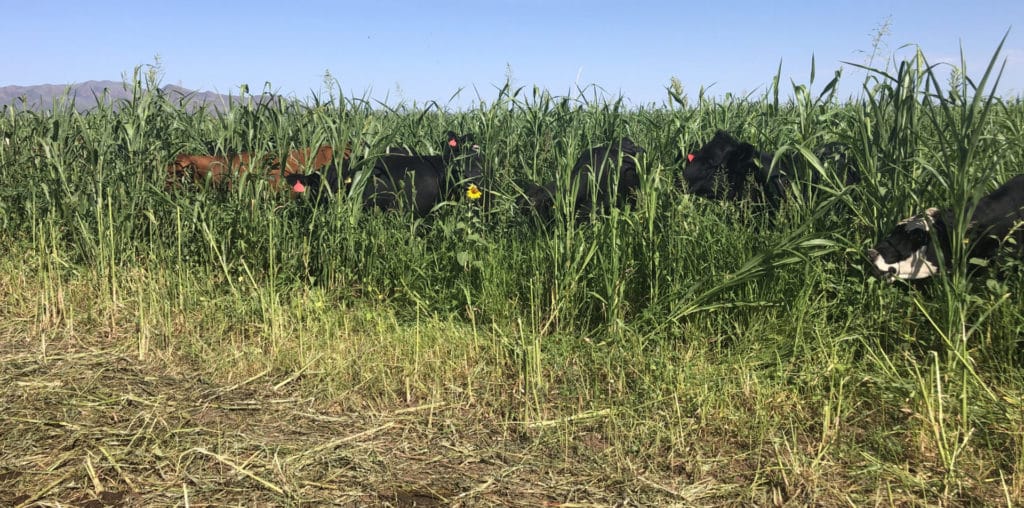
“Compared to my neighbor who runs a conventional cattle operation with corral feeding, my cattle’s body conditions are much better, as is the milk production for their calves,” he says. “The overall health of my cattle is better, absolutely.”
Friessen also planted 75 acres of pecan trees shortly after attending the SHA school.
“I was thinking, ‘Where can I start growing cover crops, how can I apply a no-till system and have a living root year-round?” he says. “Since we’d been considering growing pecans earlier, I thought this was the best way to make everything work together.”
The orchard provides another opportunity to build soil health by planting cover crops between the trees and tree rows and the grove will add more product diversity to his business when they begin producing a nut crop in about 5-6 years.
Ultimately, Friessen wants to produce high-quality, nutrient-rich pecans using zero synthetic fertilizer with less water.
“I believe the quality of our nuts will be better, which will result in a higher premium,” he says. “Like Gabe says, ‘I’ll take profit over yield.’”
Another benefit, Friessen points to, is how the pecan orchard provides “The best opportunity to conduct cover crop experiments, to apply regenerative farming principles and for us see the impact of those cover crops on our soil.”
Resource conditions on the Friessen farm are already changing for the better.
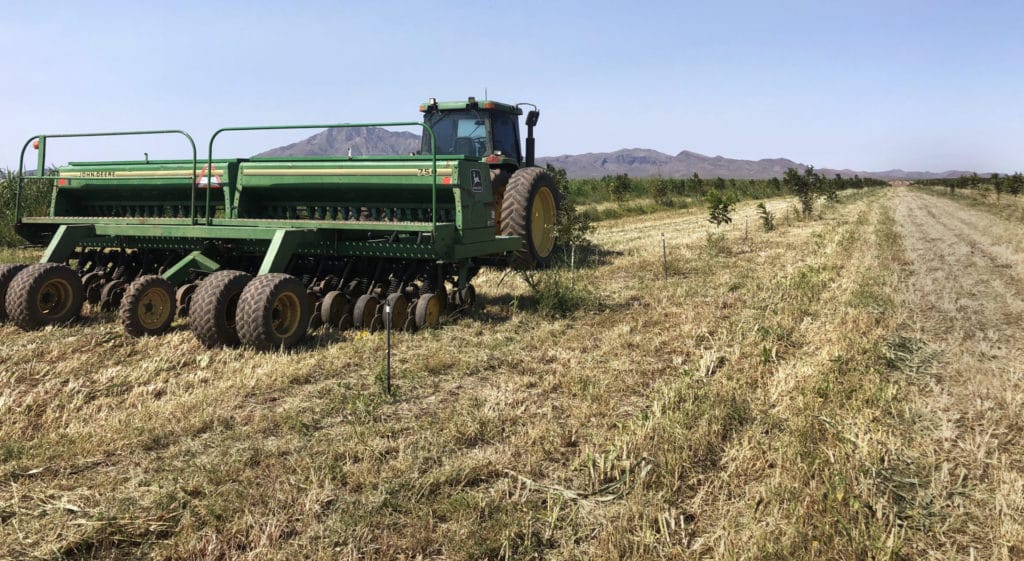
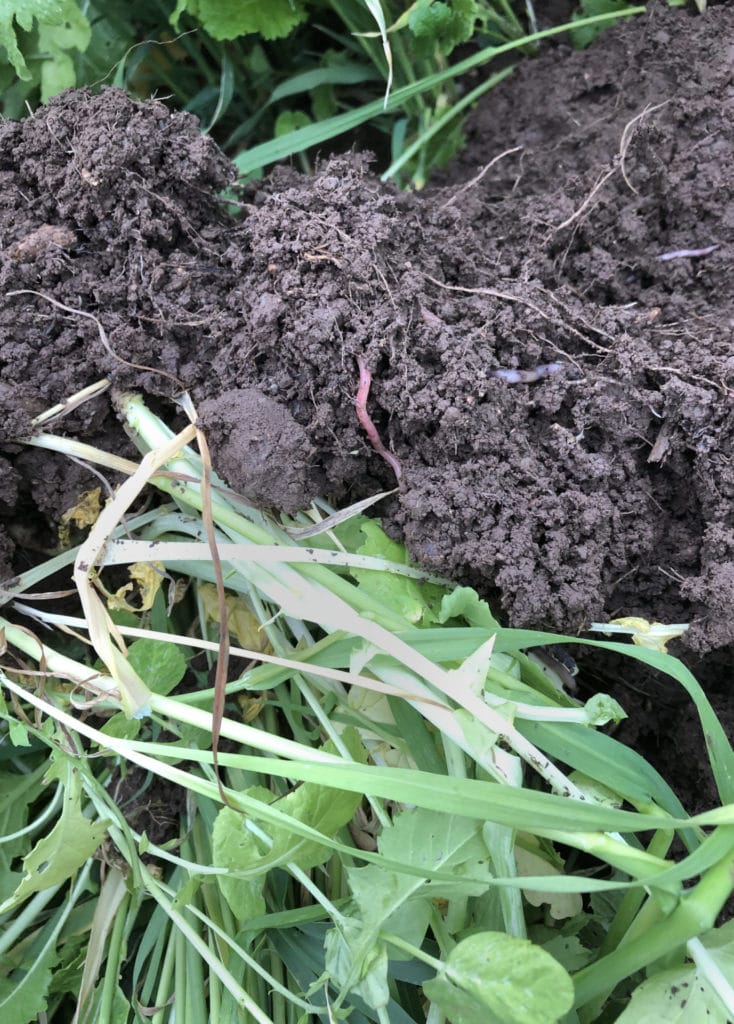
“I have seen the transformation of the soil,” he says. “The color has changed a bit, we see lots and lots of earthworms and are seeing more fungi.”
Although he would like to conduct the Haney Soil Test on his fields to determine more specific biological and nutrient cycling improvements, recent geo-political events have made cross-border commerce difficult.
Farming in a region of Chihuahua that only receives 8-12 inches of rain in a good year (last year the region received only one inch of precipitation), irrigation is the lifeblood of Friessen’s operation. But because adequate water isn’t guaranteed, improving his soil’s water infiltration and holding capacity is a critical goal.
“Just looking at the soil and seeing the way the moisture infiltrates and stays in the soil profile, I know it’s transforming quickly,” he says.
Like most farmers who have shed the yoke of tradition and conventional agricultural practices, Friessen’s farming methods have been met with skepticism by many of his farming peers in the area.
“One of my friends told me there was a rumor going around that ‘Ernie was on a different channel,’” he says with a chuckle. Undaunted, he continues to espouse the benefits of regenerative agriculture at every opportunity.
“When you do something different, people are going to notice,” he says. “One of my goals is to show improvement on my farm and when people ask, ‘How did you do it?’ I can tell them based on my own experience right here—not in Canada or Australia or the United States—so they’ll know it can be done in this area.”
Friessen had been leasing 1,200 acres to grow conventional cotton until this past year, but when he spoke to his landowner about implementing regenerative agricultural practices in that operation, the landowner balked and leased the land to another farmer.
“I’m happy with that,” Friessen says. “Now I can concentrate on our 300-acre farm. I’ve also recently talked with my brother about starting regenerative practices on my dad’s operation. We will begin by inter-seeding cover crops into corn and flying on fall cover crops on mature corn for winter grazing.”
Friessen’s long-term regenerative plan also includes growing, harvesting and selling cover crop seed through his own seed dealership. “We want to help our fellow farmers by teaching them what we know. Through the seed dealership, they’ll have access to cover crop seed that they can apply in their own operations,” he says.
Although his wife is not active in the day-to-day farming operation, Friessen says Aracely wholeheartedly supports his regenerative agricultural approach. The daughter of a conventional farmer, Aracely has seen the difference in the two operations and the positive changes brought about by Friessen’s regenerative farming efforts.
“Now when we drive around and Aracely sees the neighbors pulling their plow or disk through a field, kicking up clouds of dust, she asks, ‘Why don’t they do what you do?’” he says.
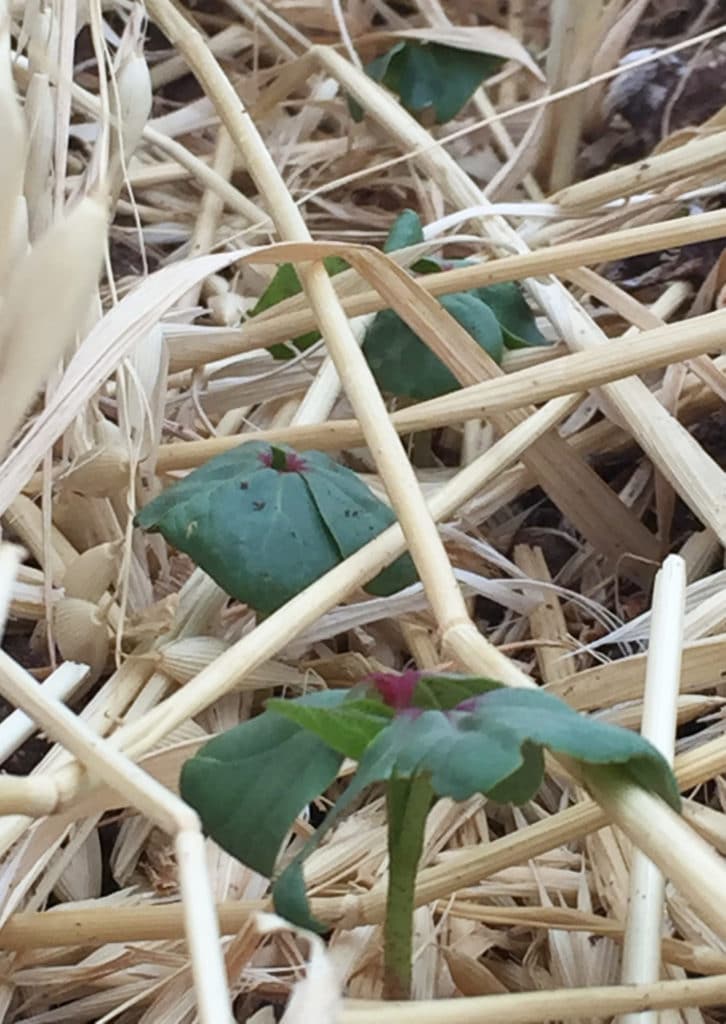
With their first baby on its way, the couple is genuinely optimistic about their farm’s and family’s future. “We’re 100 percent convinced we can make this work,” he says.
But Friessen has a back-up plan, just in case.
In the Netflix documentary, Kiss the Ground, Gabe Brown proclaims regenerative agriculture will work anywhere. To punctuate the point, he confidently wagers his North Dakota ranch against any ranch in the world if he’s wrong.
Laughing, Friessen says, “If things don’t work out, I always know I can move to North Dakota—and take Gabe’s ranch on that bet.”
Farmers and ranchers interested in transitioning from conventional to regenerative agricultural practices can learn more at www.soilhealthacademy.org and where they can also register for SHA’s virtual on-line Regen Ag 101 course.
